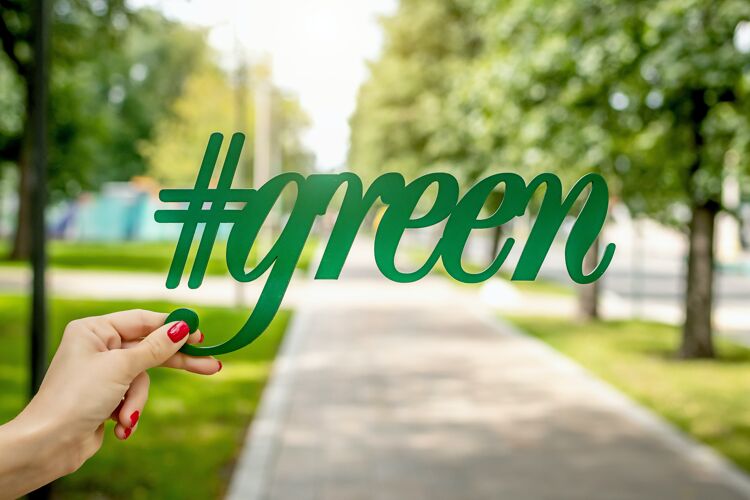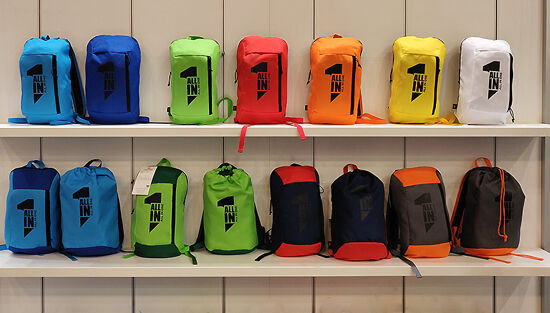Technology drives progress

Laurel Brunner discusses how current technologyin the printing industry is driving change and progress regarding sustainabilty.
Heading into the twilight zone of my career in the graphics industry has lead me to some curious ponderings. Some of them, like the early days working with Apple and Adobe, have been shamelessly nostalgic. But others have been laced with deep frustration. The frustration comes from the fact that we haven’t made faster progress to advance the industry, as it lumbers into the digital age. The stand out annoyances are automated colour management and recycling, both of which have a profound impact on the environmental impact of print.
Workflow automation, whereby data flows to a plate or press seamlessly and with minimal human intervention, still fills too many printers with fear. They are in the data business, and yet are reluctant to commit to technologies that ensures the data on a substrate is accurate. That it can do away with people, even though that has been the direction of travel for years, makes it worse. Printing companies in rude health, like Elanders or DS Smith, embraced digital processing early on and have expanded on the back of process control and automation. They understand that serving customers requires anticipation of changing needs, from personalised postcards to custom packaging.
Recycling is a much harder nut to crack than getting data onto a substrate, but same principle applies. Recycling requires complex changes in raw material supply chains and anticipation of what is required to take used product and turn it into something new. The paper industry reprocesses a mixture of different types of printed products sourced from homes, factories, municipal facilities and elsewhere. There is no control whatsoever in the type of prints that make up these mixtures, so they are inevitably blends of materials printed using different printing methods from gravure and flexo to digital. This really shouldn’t matter because processing technology for recycling should align with technical advances in print.
But for the pulp and paper industry it does matter. It matters a lot because the mix includes printed papers made up different compositions that needs new processing methods and the associated investment. Traditionally the mix has been mostly mechanical pulp fibres based on wood, but printing technology advances mean the percentage woodfree pulp fibres is steadily increasing. Prints sent for recycling will not necessarily be deinkable using methods designed for mechanical pulp and old style offset printing. Such prints will generally fail the industry’s favourite test for deinkability as outlined in ISO 21993. This document describes a deinking test method developed decades ago by INGEDE, an industry association for deinking.
The good news is that ISO is developing a document that describes another test method for mixtures of mechanical and wood free papers. This will far better reflect industry reality and hopefully encourage pulp and paper mill owners to invest in their own futures. The alternative is more waste paper being incinerated rather than recycled, something no one wants.
Source Information: This article was produced by the Verdigris Project, an industry initiative intended to raise awareness of print’s positive environmental impact. This weekly commentary helps printing companies keep up to date with environmental standards, and how environmentally friendly business management can help improve their bottom lines. Verdigris is supported by the following companies: Agfa Graphics, EFI, Fespa, Fujifilm, HP, Kodak, Miraclon, RicohSplash PR, Unity Publishing and Xeikon.
Interested in joining our community?
Enquire today about joining your local FESPA Association or FESPA Direct
Recent news

Watch visitors views on the Personalisation Experience 2024!
The Personalisation Experience 2024 visitors express the significance in visiting the show and discovering the latest personalisation innovations and solutions along with the interactive smart wear factory, leading conference programme and ground breaking machinery and advanced materials.
_1.png?width=550)
How to differentiate your business from your competitors
Mark Coudray shares how print businesses can differentiate themselves from their competitors and emphasizes the importance of adding value to customers. It is important to determine if your customers are "In Market" phase. Having niche expertise facilitates the delivery of multiple value-added services.

Pros and Cons of using Screen Printing for promotional giveaways
Is screen printing still used for promotional gifts? Sonja Angerer shares which applications are best suited for screen printing and discusses the future of logo printing. She discusses the advantages and disadvantages of using this technique for promotional giveaways and the future of screen printing.
.png?width=550)
Hear visitors feedback on European Sign Expo 2024!
The European Sign Expo 2024 visitors share why it’s so important for them to see the latest in digital signage, built up lettering, soft signage and installation.